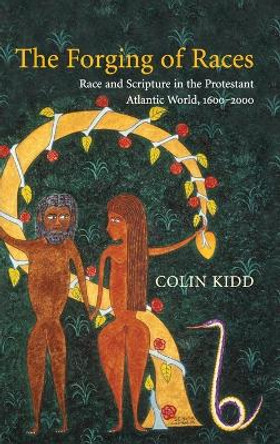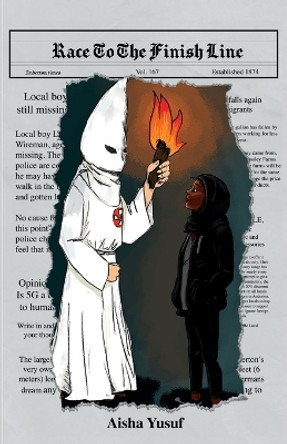Description
How colonial categories of race and religion together created identities and hierarchies that today are vehicles for multicultural nationalism and social critique in the Caribbean and its diasporas.
When the British Empire abolished slavery, Caribbean sugar plantation owners faced a labor shortage. To solve the problem, they imported indentured "coolie" laborers, Hindus and a minority Muslim population from the Indian subcontinent. Indentureship continued from 1838 until its official end in 1917. The Deepest Dye begins on post-emancipation plantations in the West Indies-where Europeans, Indians, and Africans intermingled for work and worship-and ranges to present-day England, North America, and Trinidad, where colonial-era legacies endure in identities and hierarchies that still shape the post-independence Caribbean and its contemporary diasporas.
Aisha Khan focuses on the contested religious practices of obeah and Hosay, which are racialized as "African" and "Indian" despite the diversity of their participants. Obeah, a catch-all Caribbean term for sub-Saharan healing and divination traditions, was associated in colonial society with magic, slave insurrection, and fraud. This led to anti-obeah laws, some of which still remain in place. Hosay developed in the West Indies from Indian commemorations of the Islamic mourning ritual of Muharram. Although it received certain legal protections, Hosay's mass gatherings, processions, and mock battles provoked fears of economic disruption and labor unrest that led to criminalization by colonial powers. The proper observance of Hosay was debated among some historical Muslim communities and continues to be debated now.
In a nuanced study of these two practices, Aisha Khan sheds light on power dynamics through religious and racial identities formed in the context of colonialism in the Atlantic world, and shows how today these identities reiterate inequalities as well as reinforce demands for justice and recognition.
About the Author
Aisha Khan is Associate Professor of Anthropology at New York University. The author of Callaloo Nation: Metaphors of Race and Religious Identity among South Asians in Trinidad, she has been awarded fellowships from the National Endowment for the Humanities and the Radcliffe Institute for Advanced Study.
Reviews
Khan captures the dynamism of West Indian popular religion in this indispensable book. Examining the hard realities of colonization, exploitation, and racism, The Deepest Dye offers an unparalleled insight into the intersection of religion and race. This is a brilliant history of how the religious imagination is colored in ways that come to seem natural and permanent, but are nevertheless subject to constant change. -- Vincent Brown, author of Tacky's Revolt
Illuminating...Khan's sophisticated and complex analysis will challenge readers to reconsider concepts like 'race' and 'religion,' inviting them to revisit how the terms came to exist in the first place. Anthropologists, theologians, and scholarly readers alike can glean much from Khan's sweeping exploration. * Publishers Weekly *
The Deepest Dye offers a story of the making of the Anglophone Caribbean focused especially on the generative and paradoxical impact of slavery and indenture, and their enduring afterlives. In thinking through the mutually constitutive domains of racial and religious identity-obeah coded African and Hosay coded Indian-Aisha Khan provides a richly textured account of the historical and ideological powers that continue to structure the Caribbean region and its diasporas. -- David Scott, author of Conscripts of Modernity
Through a rich examination of the entwined destinies of obeah and Hosay over the longue duree, Aisha Khan provides a compelling account of the staying power of racial and religious discourses. The Deepest Dye makes an important contribution to understanding the intersections of race and religion. -- Robert A. Orsi, author of History and Presence
Book Information
ISBN 9780674987821
Author Aisha Khan
Format Hardback
Page Count 240
Imprint Harvard University Press
Publisher Harvard University Press








